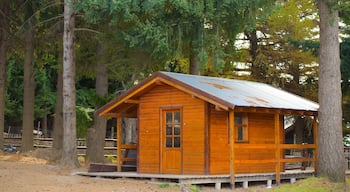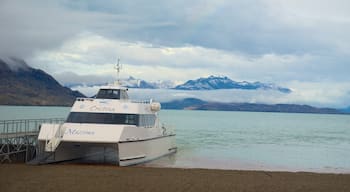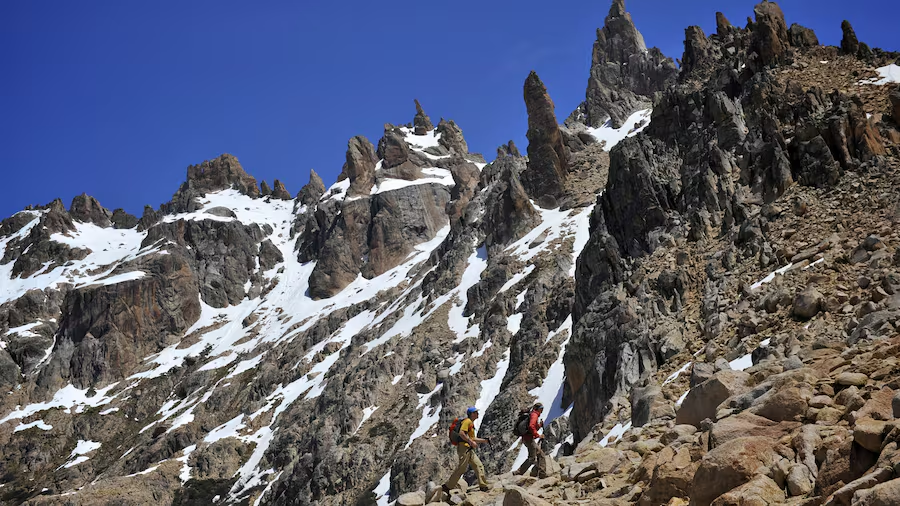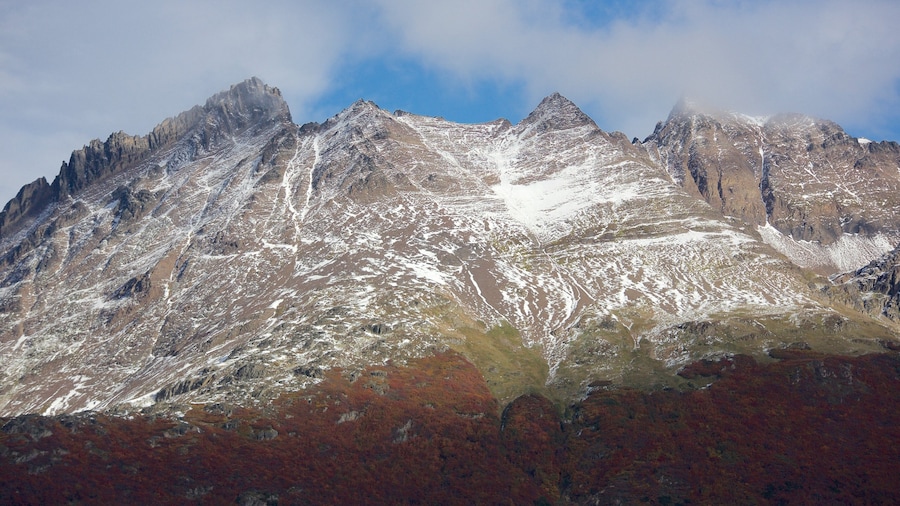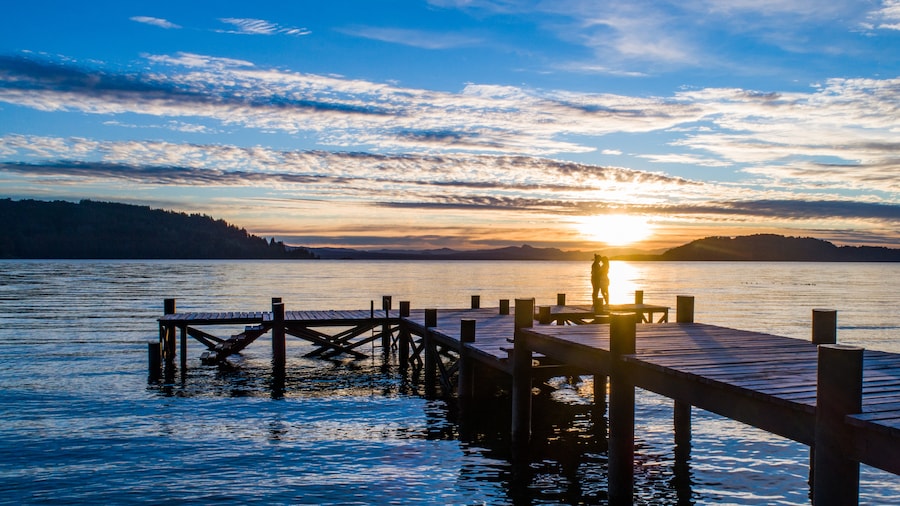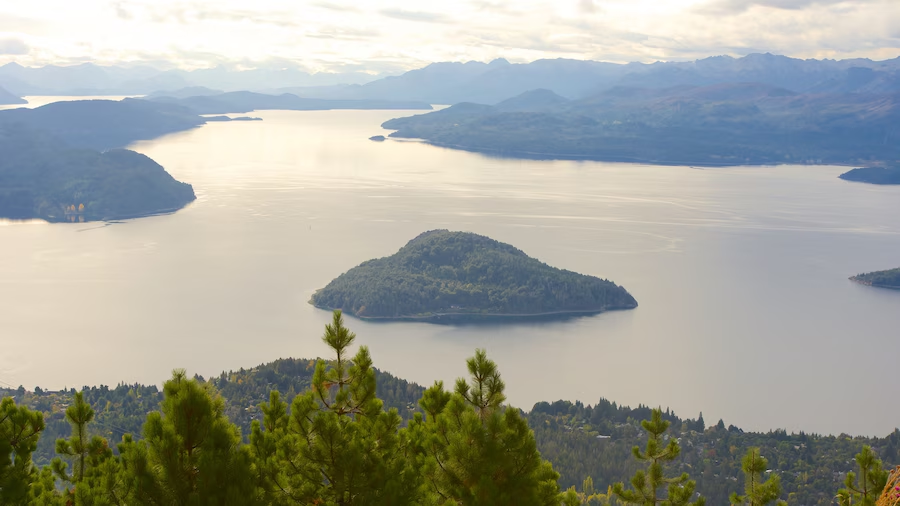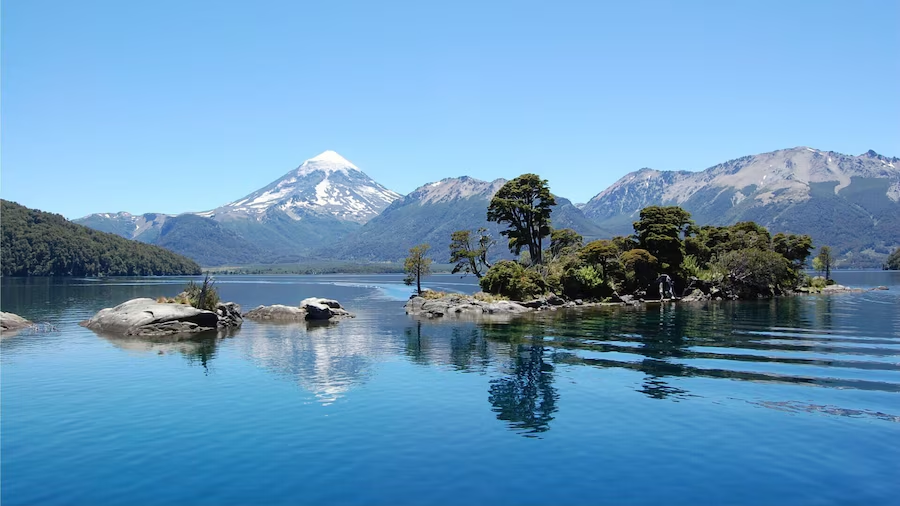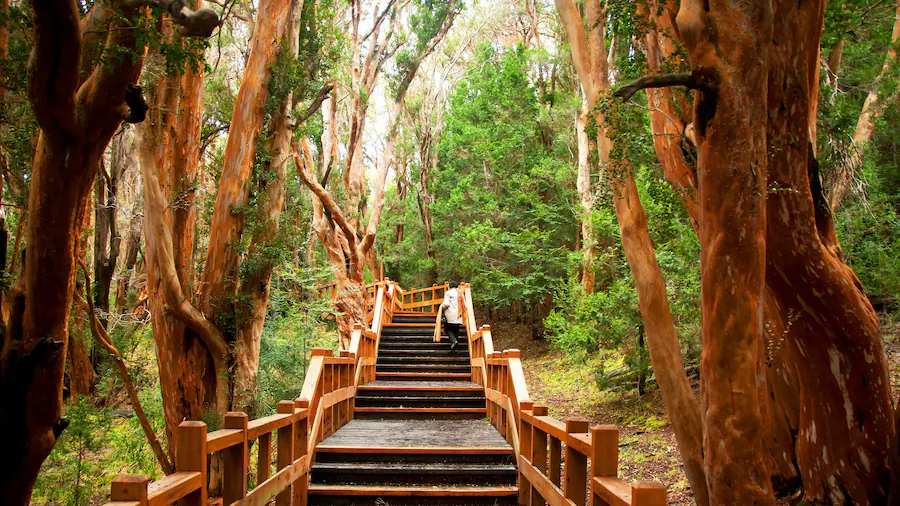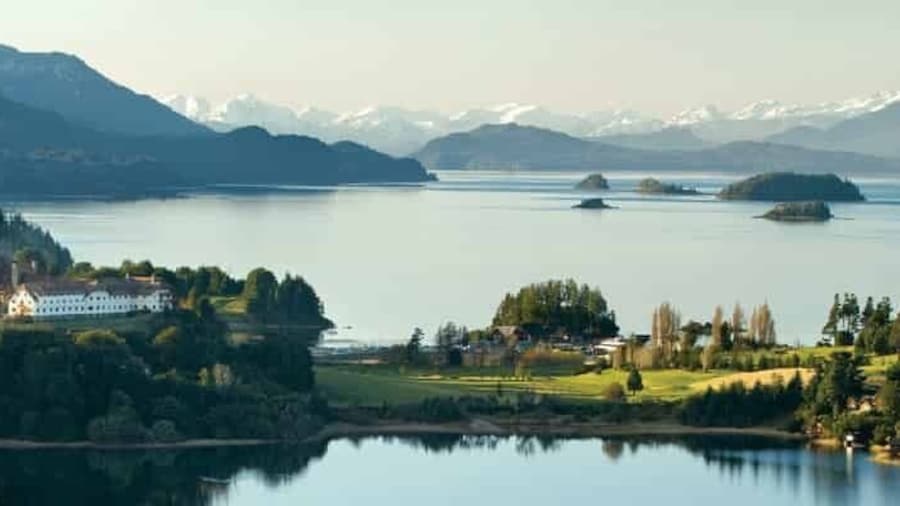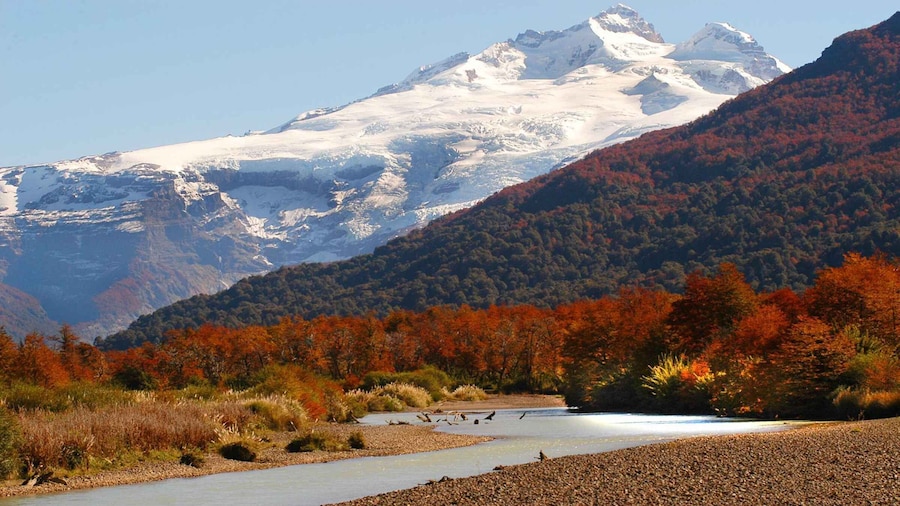The Patagonia Region is a breathtaking wilderness treasured by outdoor enthusiasts, photographers and wildlife lovers. Its impressive landscape ranges from the Andes Mountains to glacial lakes, ice fields, sprawling savannahs and a rugged coastline. Argentina’s Patagonia Region is part of Patagonia, a territory shared with Chile that covers over 257 million acres (104 million hectares). Within Argentina, it incorporates the provinces of Chubut, Neuquén, Río Negro, Santa Cruz and Tierra del Fuego.
Visit quaint colonial towns and spot majestic wildlife while exploring the Atlantic coast area. Puerto Madryn is the jumping-off point for whale-watching excursions at Puerto Pirámides, on the Valdés Peninsula. Humpback whales migrate to the waters from May to November. Experience the time-honored traditions of 19th-century Welsh settlers in the towns of Gaiman, Rawson and Trelew. See colonies of Magellanic penguins, elephant seals and sea lions at Punta Tombo and Parque Nacional Monte León.
In the shadow of the Andes Mountains is Argentina’s Lake District. Drive along the Seven Lakes Road, which passes emerald-green forests and enchanting lakes between San Martín de los Andes and Villa La Angostura. Find Swiss-style architecture, chocolatiers, hiking trails and ski resorts in San Carlos de Bariloche, known simply as Bariloche.
Travel south from Bariloche on Ruta 40 to the peaceful, bohemian town of El Bolsón. Join the climbers and trekkers in El Chaltén, a gateway to Los Glaciers National Park and Monte Fitz Roy. Go to El Calafate, a popular base for cruises on Lake Argentino and tours to the immense Perito Moreno Glacier.
Journey to the isolated province of Tierra del Fuego, home to the world’s southernmost city, Ushuaia. Hike in Tierra del Fuego National Park and kayak on the Beagle Channel. Ride on horseback or mountain bike around Lake Fagnano. Fish for trout in the rivers and lakes that surround Río Grande.
Flights and long-distance buses depart regularly from Buenos Aires for major cities in the Patagonia Region. October to March is peak season, when temperatures are milder and days are longer. Extend your trip with a grueling yet memorable expedition across the ice waters of the Drake Passage to Antarctica.





